A Crysis on Pandora
Avatar: Frontiers of Pandora released during the time of year when The Video Game Awards had already crowned its most coveted prize and a season of steep discounts on the year's best games. Regardless, this “canon” extension of James Cameron's Avatar films is one of Ubisoft’s best releases in years and a visual benchmark across any platform, showcasing the impressive Snowdrop engine. While the easy comparison is labeling this as nothing more than a mixture of Far Cry meets Horizon: Zero Dawn, it feels more like the evolution of Crysis, offering intense action and light stealth across a visually stunning world. Honestly, this is one of the best-looking games ever made.
Frontiers of Pandora allows you to embrace the world of the films through the eyes of a Na’vi, one raised in human captivity as they were taken from their clan as an infant by the RDA and stripped of their native culture. As you explore locations connected to that past, you discover the brutal nature of what the RDA had done to essentially “wash the Na’vi” off of these captive children. It paints a direct comparison to a time when the Catholic Church kidnapped and tortured indigenous children. While the films touched upon colonialism, they only scratched the surface of what it truly meant to its story. Here, the game dives in deep and isn’t afraid of really digging into the pain and trauma this has on its victims. While numerous games have had compelling narratives this year, to get something of this caliber from a licensed game was something I just didn’t see coming. It’s a thought-provoking and emotional arc that is brilliantly handled here. Its villains may be generic, but they allow the plot to progress to some pretty interesting and emotional beats.
The game’s opening hour sets a lot of this in motion. From a traumatic moment that fuels your desire for freedom to an event that allows you to escape to the wilds of Pandora, your past will consistently come back to haunt you. This is further invested in that you are the last remaining Na’vi of the Sarentu, a well-respected and honored clan known for their stories, diplomacy, and culture. Your return surprises the other clans who were convinced your people were all but wiped out. This respect gives you a way into each clan, a bargaining chip of sorts to request their aid to stop the RDA from consuming and destroying Pandora for profit. While the game does follow the trope of uniting the clans for one collective assault, the journey there, and the payoff, is an absolute joy.
If I had to make one complaint about its story, it is that when you discover the reason for your clan’s fate, it closes off a door that I wish would have remained open, especially when you discover a major component of why the Sarentu were targeted in the first place. I understand it doesn’t serve the narrative going forward, but it was a partially open plot thread that I wish would have come back to haunt you, given how that whole arc plays out. It’s a minor annoyance, but one that sat in the back of my head for hours after. However, when the game does dig into the exact reason for your abduction, I felt that this moment was handled extremely well, allowing a key character to endure a loss of their own, allowing you to accept the past or confront it.
Frontiers of Pandora can certainly lean into the open-world tropes present across several Ubisoft games, especially that of the publisher’s own open-world shooter, Far Cry. There are certainly similarities there even across that of Horizon as well. I mentioned in the opening paragraph that while Frontiers of Pandora can be compared to Ubisoft’s own past and its contemporaries, exploring Pandora and taking in the sense of discovery and exploration it offers, especially with an air of light stealth mechanics to tinker around with, it often reminded me far more of Crysis. This is largely given that Frontiers of Pandora is yet another graphical showcase in a jungle-like setting likely to be a technical benchmark for years to come.
While you do perform the typical tasks present across most open-world games, with RDA bases to take out, loot to gather, wildlife hunting, and resources to engage in some light crafting, how the story is structured does allow those aspects to make more sense than what is present across most others in the genre. As the Na’vi live off the land and build their tools, weapons, and armor, as well as utilizing the wealth of nature to prepare nutritious meals, you also have the capitalist nature of the RDA, allowing you to procure new armor and weapons in exchange for their own currency. With the Na’vi, you purchase your items through the respect gained upon each clan, which is earned in a manner of ways. As the Na’vi have no need for money, it’s a system that makes a lot of sense to the narrative and allows you to get to know the clans by taking in side quests or donating items you don’t need or those that are in high demand by certain clans.
While you can rely on objective markers and other helpful ways to find your destination, Frontiers of Pandora does allow you to strip away all those navigational assists and rely on landmarks and clues to find your way, should you desire. From following a river to looking out for particular rock formations, or other noticeable sights, you can use these clues and hints to find your way without a glowing blue objective marker showing you exactly where to go. You'll also come to rely on your inherent Na’vi senses to track down resources or follow the scent of wildlife or the smell of oil left over from RDA forces. Eventually, you'll be able to track not only the creatures that make up Pandora but the patrol routes of RDA forces, making base infiltration far easier as you attempt to take out these locations without being spotted, earning additional rewards for your trouble.
Getting around Pandora is handled in a few ways with your Ikran being the most satisfying and used method by a mile. While it is a few hours in before you'll make the bond to secure your winged beast, the mission itself is pretty satisfying, as is the ability to customize your Ikran with a few colors, names, and eventual gear that you'll find as you take to the floating islands to secure such rewards. There are also daily and weekly tasks that can reward you with Ikran cosmetics as well as other rewards as well such as accessories for your bows, weapons, and more. These challenges are pretty simple, such as making a particular dish or traveling a certain distance on foot.
What I really enjoy about taking to the skies with my Ikran is how fast you can cover the map. Sure, the openness of Pandora can make it feel like you are not traveling too fast, but when you traverse a few kilometers in a span of a minute or two, it makes it hard to want to use the fast travel system, especially when there is so much to discover. I also like that I can summon my Ikran in mere seconds or leap off the floating island to have my winged friend swoop under me and catch me in mid-air. I also love that you can take the time to pet them and while each Ikran is the same to each player, you can’t help but feel that they have their own personality just for you.
Additionally, you’ll also be able to tame and ride Direhorses, even if you don’t share a bond in the same way as you do with your Ikran. While you’ll need to rely on them at a certain point in the game, at least until you can summon your Ikran again, I rarely used them due to the inability to recall them on command. I did enjoy taking them out for a spin but given that you can have your Ikran almost anywhere you go and summon them with a single tap of a button, having to track down and tame a new Direhorse every time you want one just didn’t satisfy me in the same way.
On foot, Frontiers of Pandora has a solid amount of kinetic energy to navigate its vast open jungle. From running along the fallen trees to using various plant life to propel you into the air, the act of traversal can almost have a parkour appeal to it, thankfully without your character clinging to everything they encounter, ala Assassin's Creed. While the double jump isn't a traditional one, you still feel agile and incredibly nimble as you navigate the lush jungle in front of you. The game can suffer a bit when you are in wide open plains, but the above two methods of traversal listed with your Ikran and your possibly brief use of a Direhorse do thankfully solve that issue to a degree.
Littered around Pandora are Na’vi settlements and RDA outposts, each acting as fast travel points when discovered and providing side quests and crafting opportunities as well. Na’vi settlements are presented in two formats, the home of that clan and its neighbouring encampments. Small settlements usually have the bare minimum when it comes to interactivity, such as a cooking station, a contribution basket, and a campfire to pass the time. However, places like the Circle or Hometree, which are home to the Zeswa and Aranahe clans, respectively, will have far more to engage with. These larger environments contain a vast amount of Na’vi as well as various vendors who offer you a wealth of options based on a currency called Clan Favor. As you complete side quests and other tasks, you'll gain that favor and have more available options to choose from, among numerous rewards for completing certain quests. Each vendor will also provide weapon or clothing designs for free, you merely need to track down the appropriate resources to then craft them.
Crafting is very streamlined and provides a good amount of depth should you invest in it. Each crafting item requires anywhere from two to three items for each design. From teeth, to bark, to moss, or the hide of a majestic beast, each resource comes in the typical color tiers we are all accustomed to. From Fine to Superior, to Exquisite, you’ll begin your crafting journey with a lot of the bare minimum, eventually ignoring anything but the best as you min-max your crafting skills to create the best overall gear you’ll have throughout the roughly 20-25 hour adventure.
To aid in tracking down resources and materials in a more efficient manner, you can pin a small selection of these to stand out when you scan with your Na’vi senses. This is further made easier through the Hunter's Guide which serves as a compendium of everything you encounter across Pandora, complete with detailed descriptions to explain where exactly you may find each particular resource, material, creature, and more. It's a valuable resource when you are given a task to track down something and need a few pointers on where exactly you'll find it. And to add, the map makes exploring extremely easy, complete with a button to showcase the various biomes you’ll have to explore.
What I enjoyed the most about harvesting the needed resources, was the collection mechanics that almost feel like how most games handle their lock-picking systems. Each resource, whether it grows on a branch or buried in the ground, allows you to move it either up and down or left and right. You’ll then tug at them as you attempt to find the direction that allows for a clean grab. Each resource will also benefit from various conditions such as whether it is best found wet or dry. As Pandora experiences a ton of rain, you’ll sometimes need to venture to a campfire to pass the time to wait for clearer skies.
While games that heavily focus on crafting can often feel like the grind is part of the standard package, it can also run the risk of making its world feel lifeless, as if it is only there to fuel your collection of items, resources, and collectibles. While Pandora is certainly full of those things, and more, developer Massive Entertainment has crafted a world bursting at the seams with life. Fans of the films will certainly recognize the flora and fauna present across Pandora, interacting with it to a degree like never before. Everything here is recreated in breathtaking detail and really goes a long way to making its environment feel reactive to your experience. Plants can be torn to pieces as you spray bullets around, or even the basic reactions they have to you passing through them. Hulking creatures can destroy trees and plant life as they rampage, and countless methods to aid in traversal exist as well with plants that fling you across great distances or vines that propel you up.
As you explore, you’ll encounter large RDA bases. These can feel a bit rinse and repeat as they don’t really shake up their objectives or methods to dispose of them. However, there is one base that you’ll encounter early on that requires you to reach around level 20 to really take on given its size, scale, and threat level. This base is a different beast altogether and completing it made me wish that the other bases present across the world had felt this unique. When a base is destroyed, the lifeless environment around it, which had been drained of its natural color and vibrancy, is resurrected and also brings with it the resources and plants that were previously subdued.
As you navigate the wilds of Pandora, you'll want to keep an eye out for three particular plants. The Tarsyu are giant flowering plants that will grant you access to 12 unique Ancestor skills that range from earning more clan favor, and a powerful screech ability while atop your Ikran, to additional traversal skills, melee attacks, and the ability to eject RDA soldiers from their AMP mech. These are indicated by giant pillars of pink light viewable on the map. Then there are Tarsyu Saplings that grant you a skill point and Bellsprigs that increase your overall max health by a small amount but given that Bellsprigs are everywhere, their effect can be substantial after you’ve collected a good number of them.
As you gather skill points from either Tarsyu Saplings or through your quests, you'll choose to spend them in any of the five skill trees. These skill trees vary from increasing your survivability, combat, and hunting skills, to crafting and your effectiveness when riding your Ikran. Skills increase in cost the further you explore the tree or what they are, at least in most cases. Each skill tree also has a powerful ability called an Apex Memory that is unlocked when you purchase each skill in its particular tree. You'll need to perform a task to unlock it, such as crafting a certain bow to grant permanent boosts to your crafted equipment or pulling off specific hunting conditions to earn the ability to revive yourself should you fall in battle.
While you'll have your fair share of combat with wildlife, especially with Thanators, combat across Pandora is largely against RDA forces. From the smallest grunt soldier to the larger AMP mech suits to Scorpion gunships that can pack some serious firepower. While armor and some of the skills you can unlock will keep you from constantly dying, Frontiers of Pandora can be a pretty difficult affair if you are under-leveled for a particular challenge. You'll also be able to rely on a series of different bows that can dismantle AMP’s from afar as your Na’vi senses can pinpoint weaknesses, such as the battery components on their backside or the blades that keep the gunships in the air. This allows you to often stealth kill your way through entire bases with ease.
As you earn new equipment, you'll have head, body, arms, legs, and feet to apply said equipment to, each piece featuring its own stats, perks, and series of mods to equip, making your armor or weapons work that much harder for you. Na’vi weapons range from long and short bows, a heavy bow, spear throwers, and a staff sling, the latter, which almost looks like a lacrosse stick, hurls explosives across great distances. You'll also have access to RDA weaponry in the form of shotguns and assault rifles, with the former being incredibly helpful against some of the bigger AMP threats, especially those with enhanced armor. Each part of your equipment also brings with it a level rating, which is how you’ll be prepared for the challenges ahead. If you are familiar with Destiny’s equipment rating, it’s basically that.
While you'll have a decent selection of weapons, you'll only be able to equip four at once. That said, I often relied on the Staff Sling for setting mines should the action get hectic, the Heavy Bow to often one-shot AMP’s or the Scorpion gunships, the Short bow to pepper away at soldiers with ease, and the Shotgun in case any AMP’s were up in my face. While the diversity of weapons isn't substantial, the three bow types did feel different to use despite obvious similarities. The Heavy Bow requires a much longer pullback to fire properly whereas the Short Bow is incredibly fast but weaker, making it great for small creatures or the soldiers that occupy the bases. And to be fair, I often punched the soldiers into next week whenever I could.
Once you start to build up your collection of weapons, or craft or earn more powerful versions, as well as unlocking the appropriate skills to affect your damage and overall capabilities, combat is a lot of fun. From jumping and sliding and picking off RDA soldiers and AMP’s at a distance to even landing with my Ikran and causing the AOE I had unlocked to create some massive damage, I rarely found moments where the combat wasn’t engaging. I did have a few technical issues such as enemies being able to shoot at me through walls, but this was limited to a single moment in the late game. Regardless, while combat can feel a tad repetitive due to the copy-and-paste bases that make up Pandora, I still found what was here to be vastly more fun than anything Ubisoft has crafted in years, especially compared to the last few Far Cry entries.
Avatar being first-person has been a point of contention online with some players sharing their dismay that there wasn’t an optional third-person mode. While I agree that some aspects of this game would benefit from being third-person, I don’t think Pandora and the way you explore it would have benefitted from the other viewpoint. By having Frontiers of Pandora be locked to first-person, it allows Pandora, its people, and the dangers that lurk around you, especially its flora, to be constantly in front of you in a way that third-person would have lacked.
Conversations with the Na-vi also feel far more impactful as they stare into your eyes, seeing the superb facial expressions that convey some noticeable and yet microscopic emotion, especially a sly grin coming out of Etuwa, the Tsahik healer of the Aranahe Clan, in a scene when the Aranahe finally agree to aid you in the upcoming battle. It’s moments like that that simply wouldn’t have been present in third-person unless every conversation reverted back to first-person. While I understand that some players may avoid Frontiers of Pandora due to it just being first-person, I don’t know if the trade-offs to make it third-person would have suited the way this game was built.
Frontiers of Pandora allows the bulk of its journey to be experienced with another player. While you do have to complete a few missions in order to unlock it, I strongly suggest taking on this game with another player. While I wish there was a clearer indicator to show you where your friend is, as it is easy to lose track of them, I still found storming bases and taking to the sky with my Ikran to be far more satisfying with another Na-vi warrior having my back. What is absolutely wild as well is the ability to drop items and allow your co-op partner to pick them up, this is because there is no level-gating for equipment whatsoever. One of my friends had just started the game and once co-op was unlocked for them, I boosted them from level 5 to 15 by just dropping a complete set of end-game gear. What I also appreciate about co-op is that it allows you to maintain all progress you make with another player, should you allow it, meaning that any missions you tackle in co-op continues in your own game. Honestly, I don’t know why so many games don’t do this.
As Massive Entertainment has improved upon the Snowdrop Engine, especially with the inclusion of a whole new lighting system, Frontiers of Pandora is a stunning work of art. The degree of vegetation and detail is simply awe-inspiring. While a high-end PC rig does have the advantage here, especially with a hidden Max-Settings mode called Unobtanium mode, the console versions still look breathtaking, even if the best visuals you’ll get out of your time here come with the caveat of being somewhat locked at 30fps. You’ll certainly see some dips in Quality mode from time to time, especially as you come in hot on your Ikran to a major settlement, but should you want to swap to the 60fps option in Performance mode, you do sacrifice some the added clarity you’ll see at a distance for the increased framerate. Regardless, Frontiers of Pandora looks incredible on either setting, but I ended up opting for Quality mode since the game never really felt 30fps during any point, making it feel solid and great to control regardless of any setting I tinkered with.
Apart from a moment where every RDA soldier could shoot at me through walls, I did have a few technical issues during my 45 hours with the game. I had about six total crashes and a moment where I died in one of the later missions and suddenly found myself respawned across the map. As I traveled back to where I was, I was stuck behind a cutscene door not opening. I shut down the game and upon reloading, I found myself back where I could progress. With no way to restart a mission, I was almost unable to complete the game because of this. This was the only major technical issue I had where it really did impact my time here, that and I don’t think the blue bubble UI is really that great and felt like the least impressive thing this game offered visually. It’s not a dealbreaker, but it can feel incredibly generic.
While I am not the target audience for Frontiers of Pandora as I don’t consider myself a huge fan of the films, though I do agree that the second film is far more enjoyable than the first, I was rather blown away by what Massive Entertainment has done here. I went into the game entirely blind apart from seeing the initial reveal trailer, allowing the game to impress me on its own terms as opposed to some sort of expectations that I would have had had I followed the marketing and hype surrounding its release. I enjoyed exploring Pandora, and engaging with the clans, and while the game lacks any really memorable characters, its action, spectacle, and emotional payoff to its story kept my interest. Avatar has been a franchise known for its intense visual fidelity and to Massive Entertainment’s credit, they continue that tradition with creating what is likely one of the most visually impressive games to date, one likely to be misjudged as nothing more than a reskinned Far Cry. Avatar: Frontiers of Pandora is one of the best licenced games out there and an adventure I highly recommend you take.
Developer - Massive Entertainment. Publisher - Ubisoft. Released - November 30th, 2023. Available On - Xbox Series X/S, PS5, PC, Luna. Rated - (T) Language, Mild Blood, Violence Platform Reviewed - Xbox Series X. Review Access - A review code for the game was provided by the publisher for the purpose of this review.


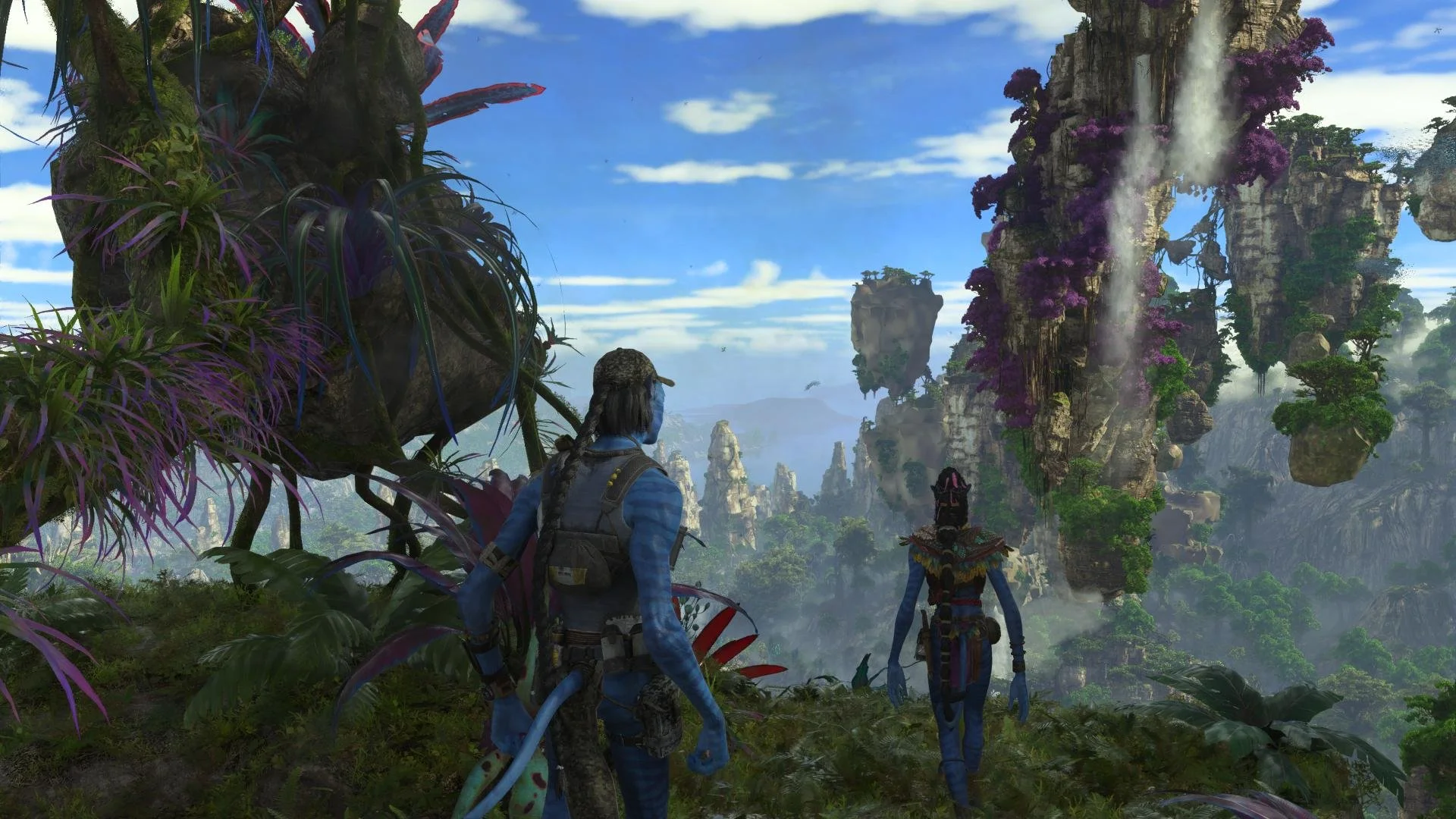
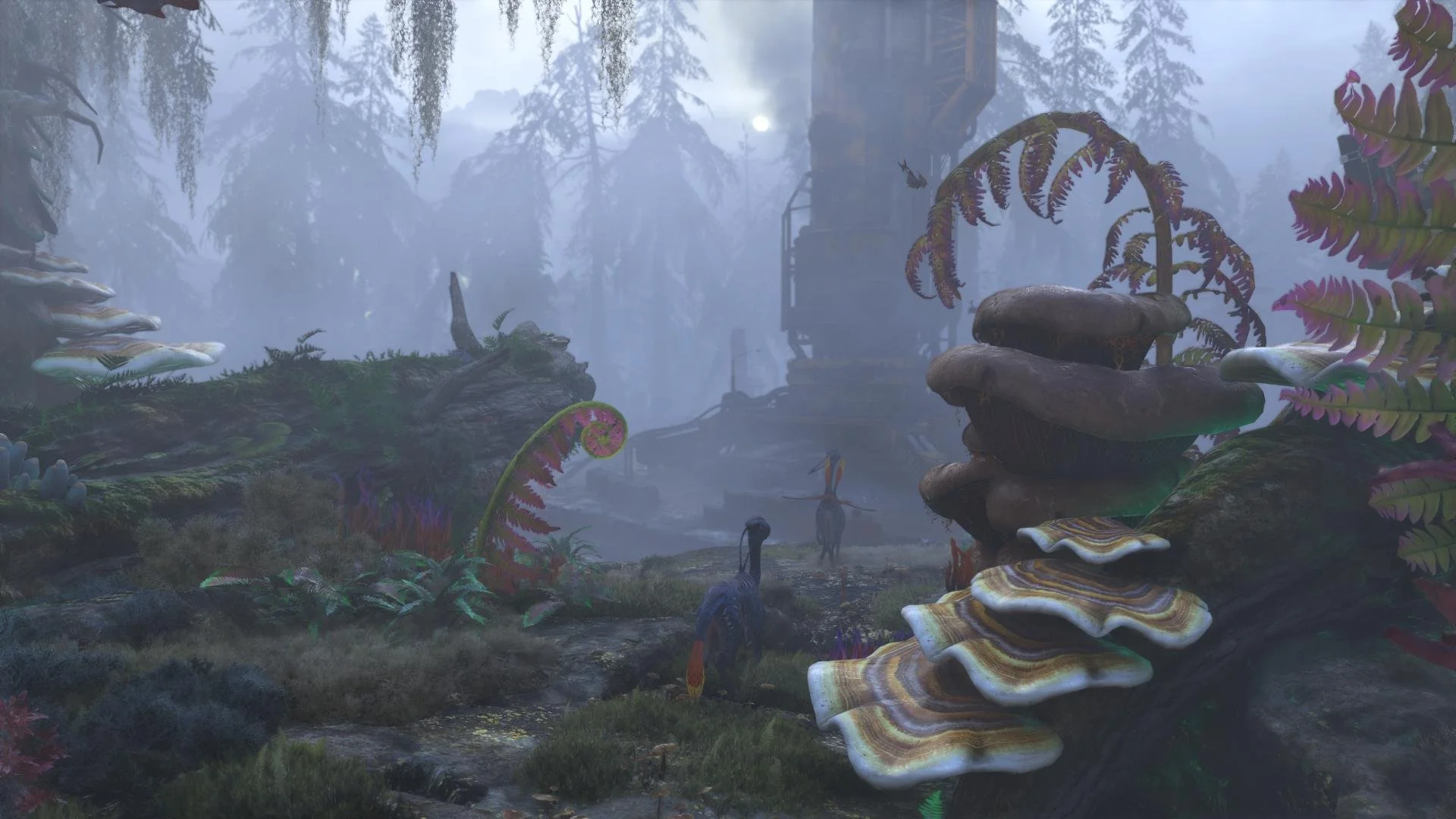
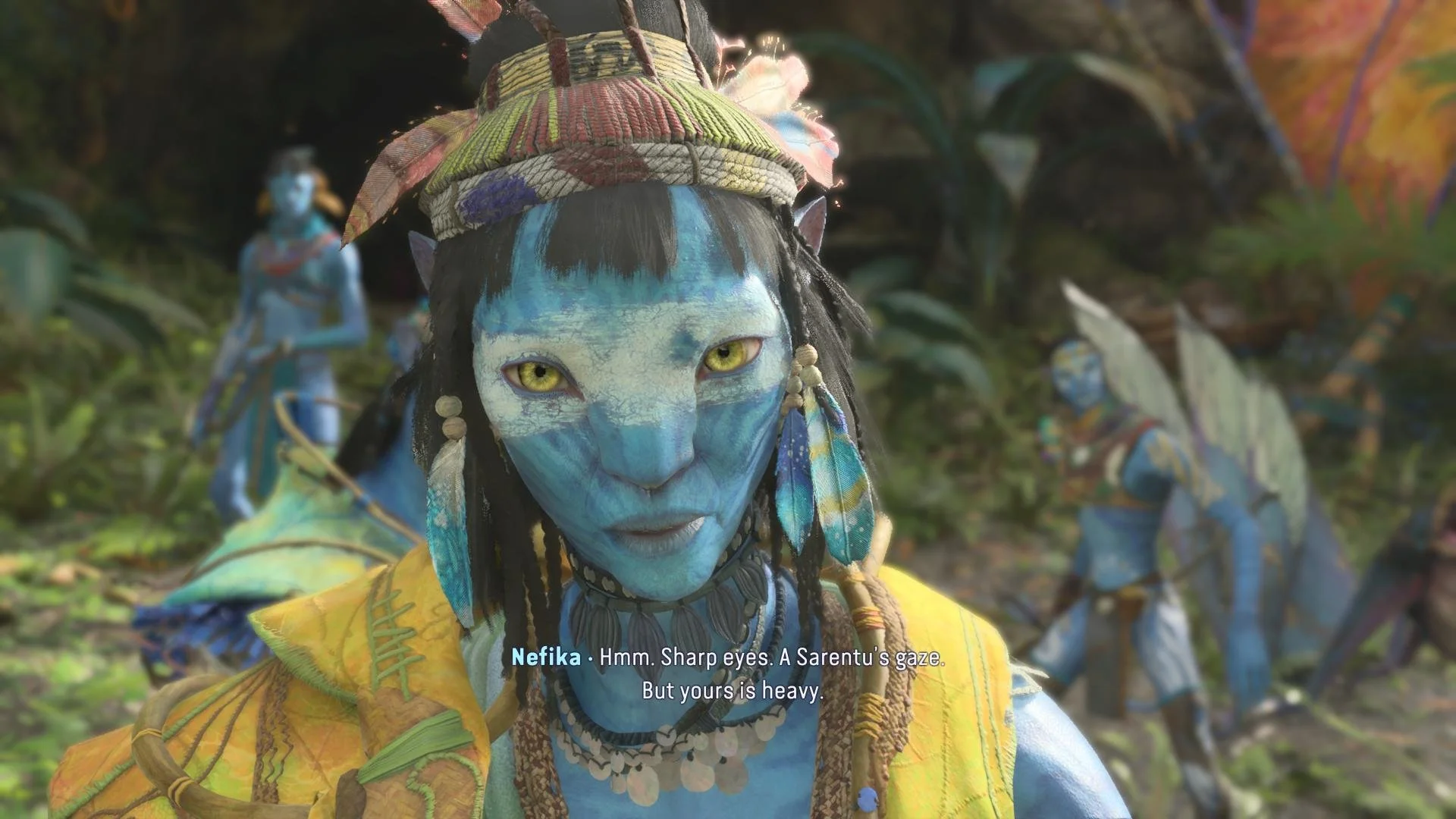
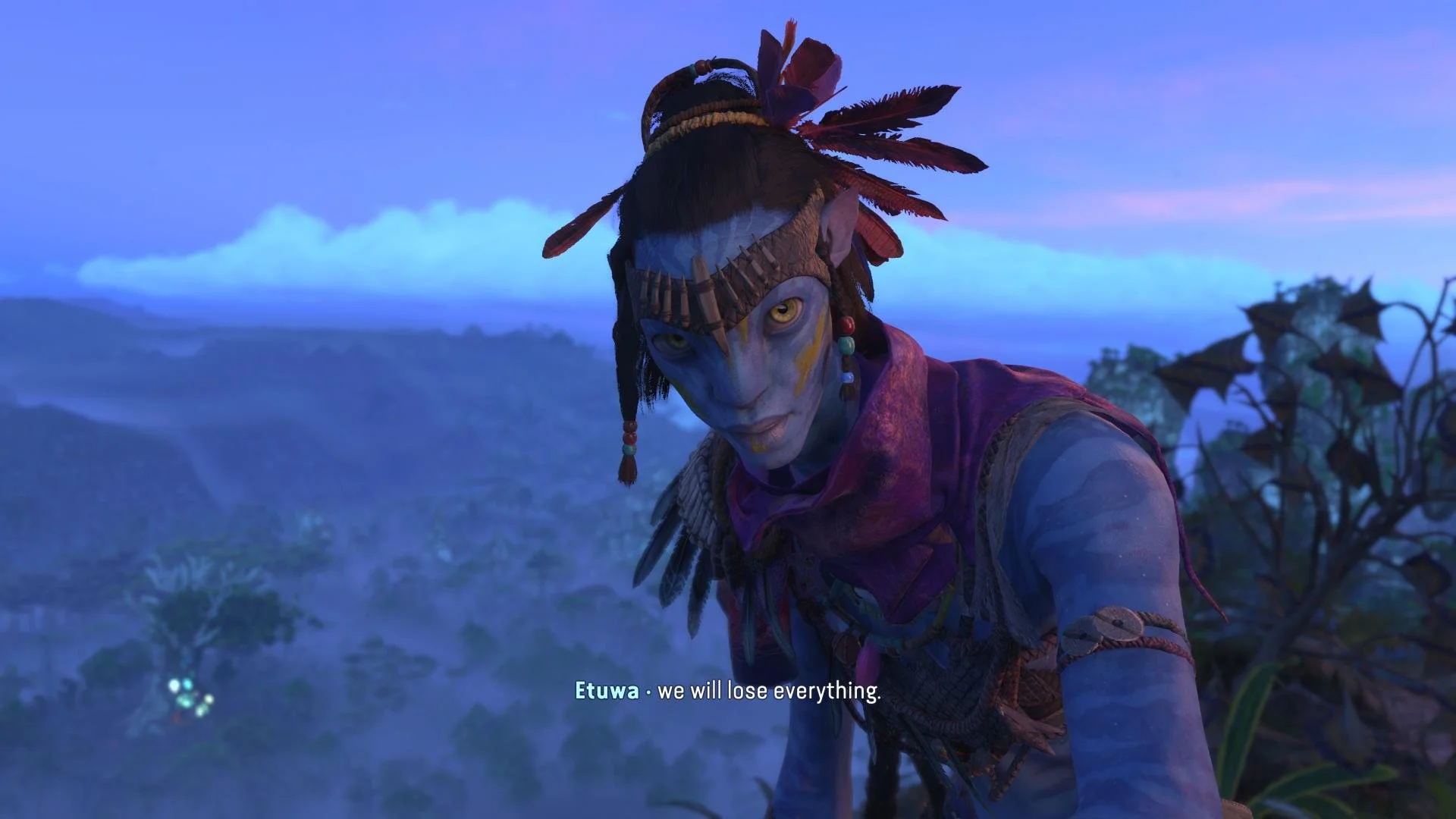
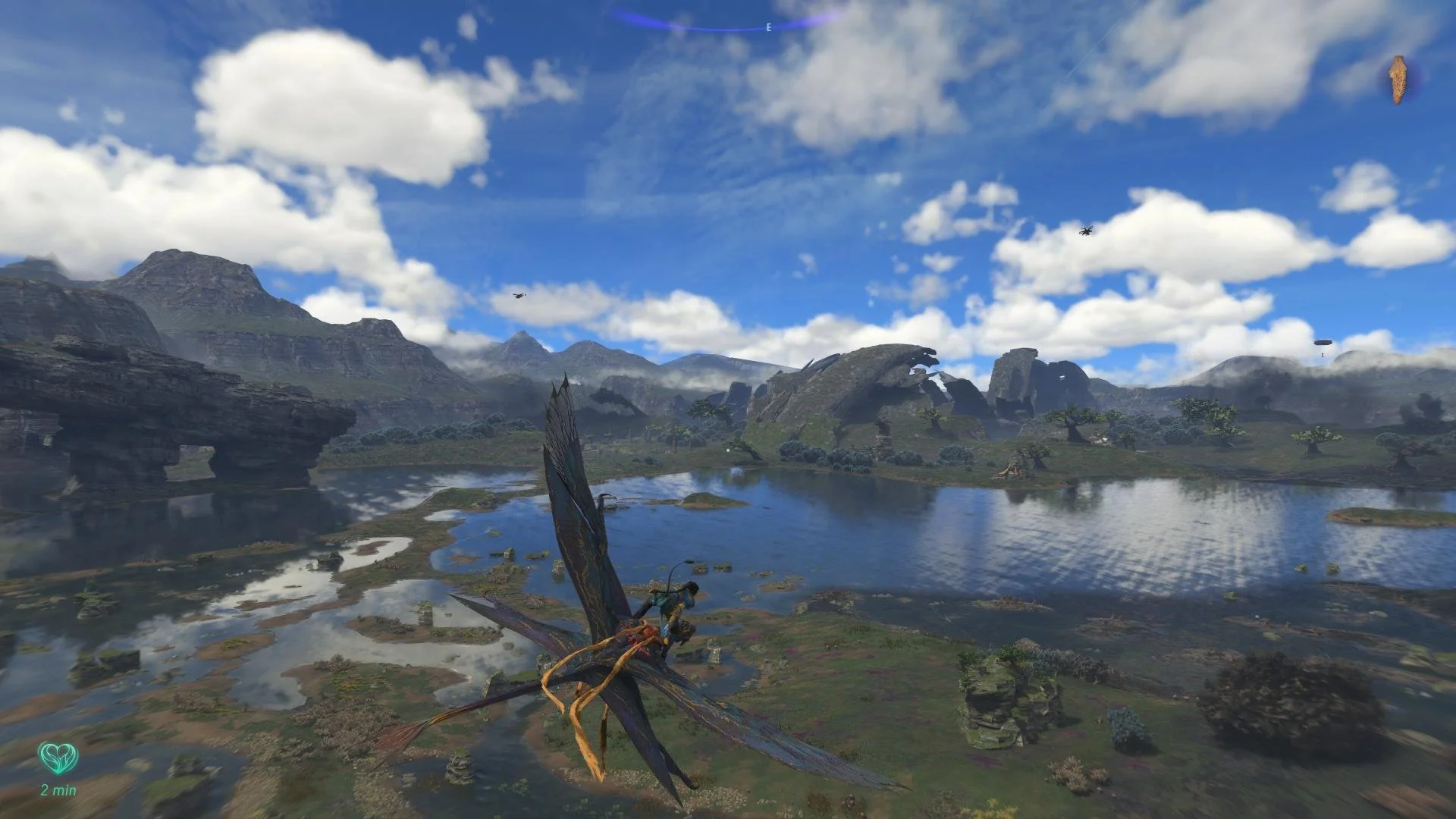
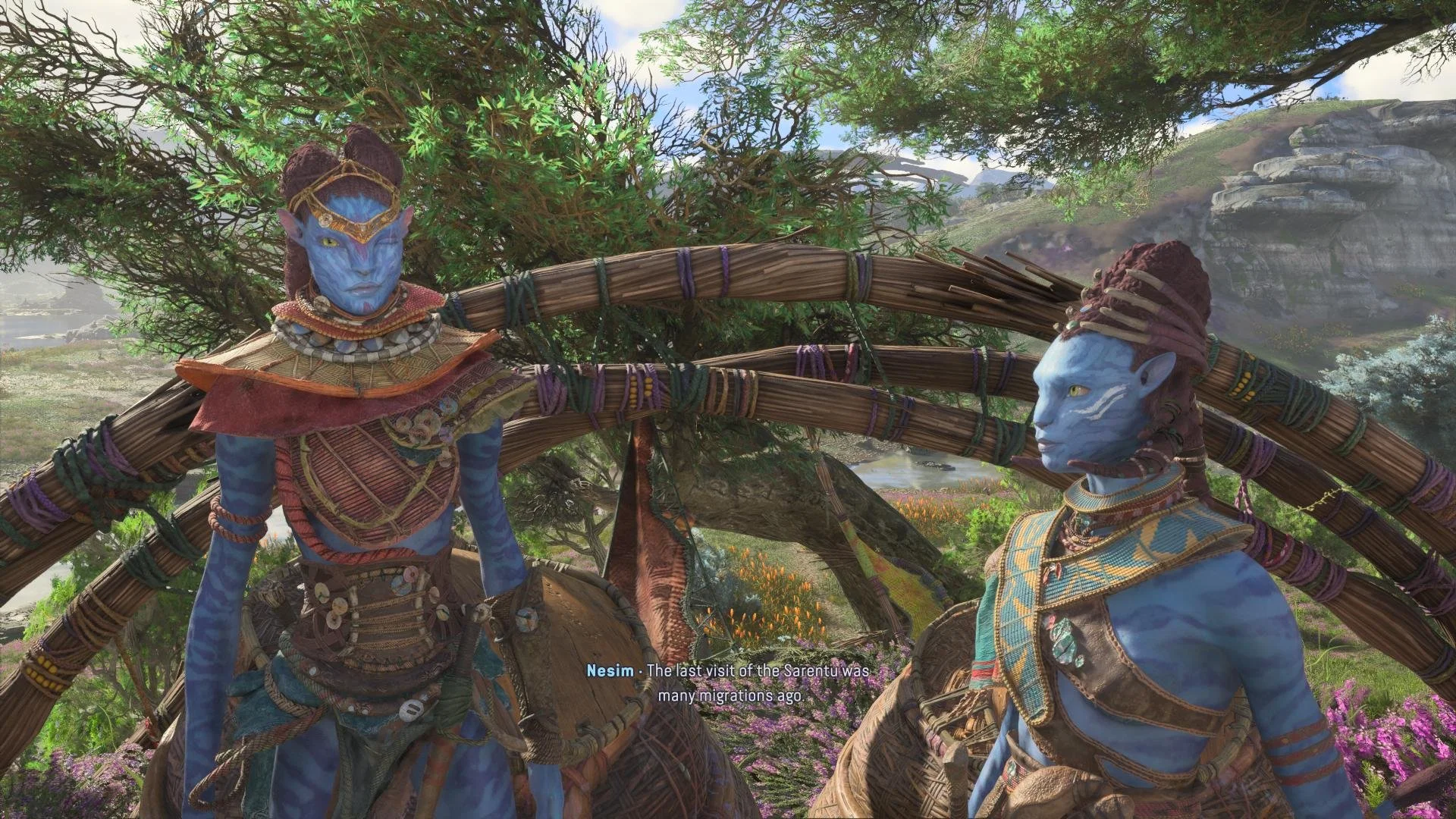
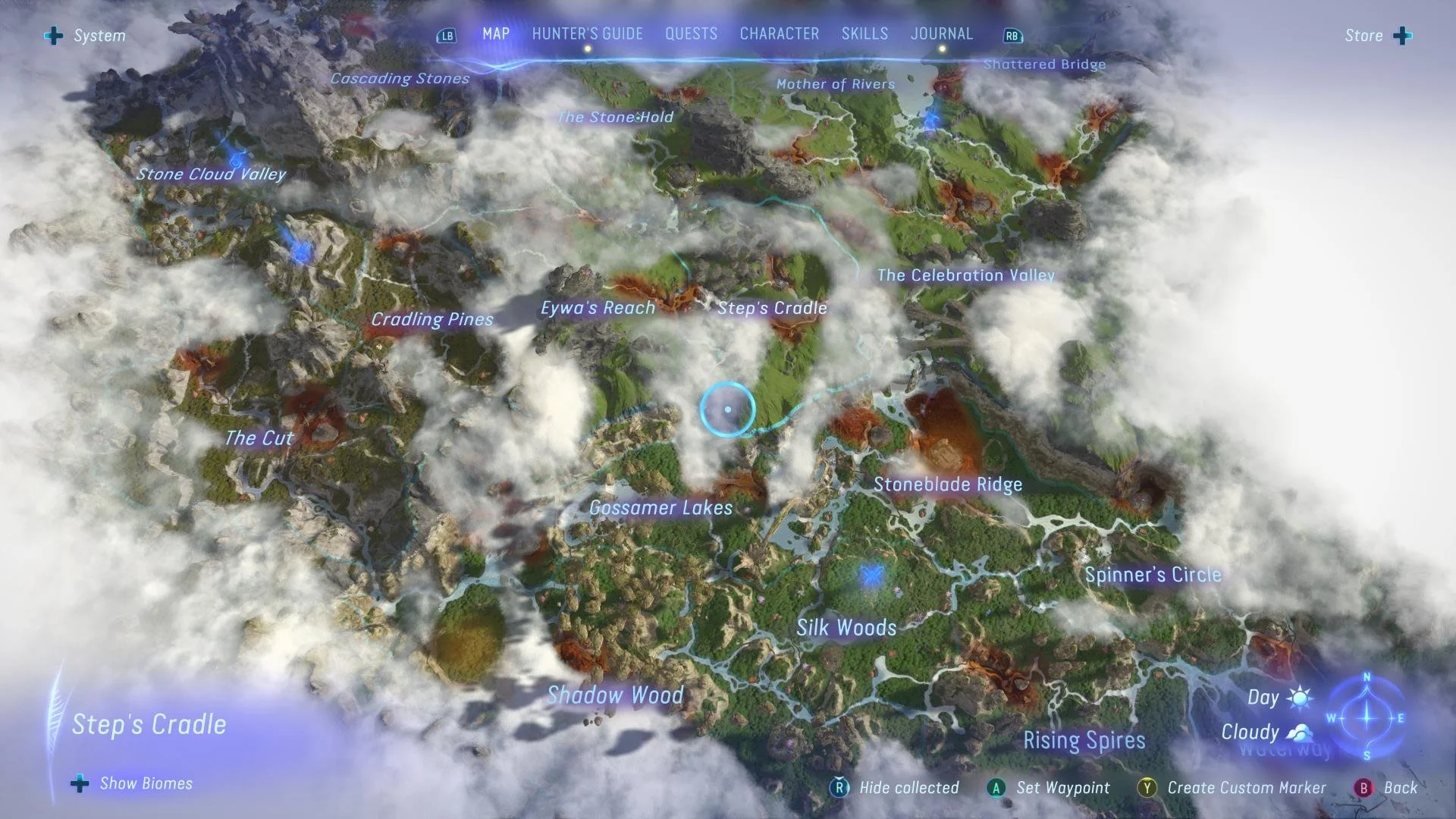

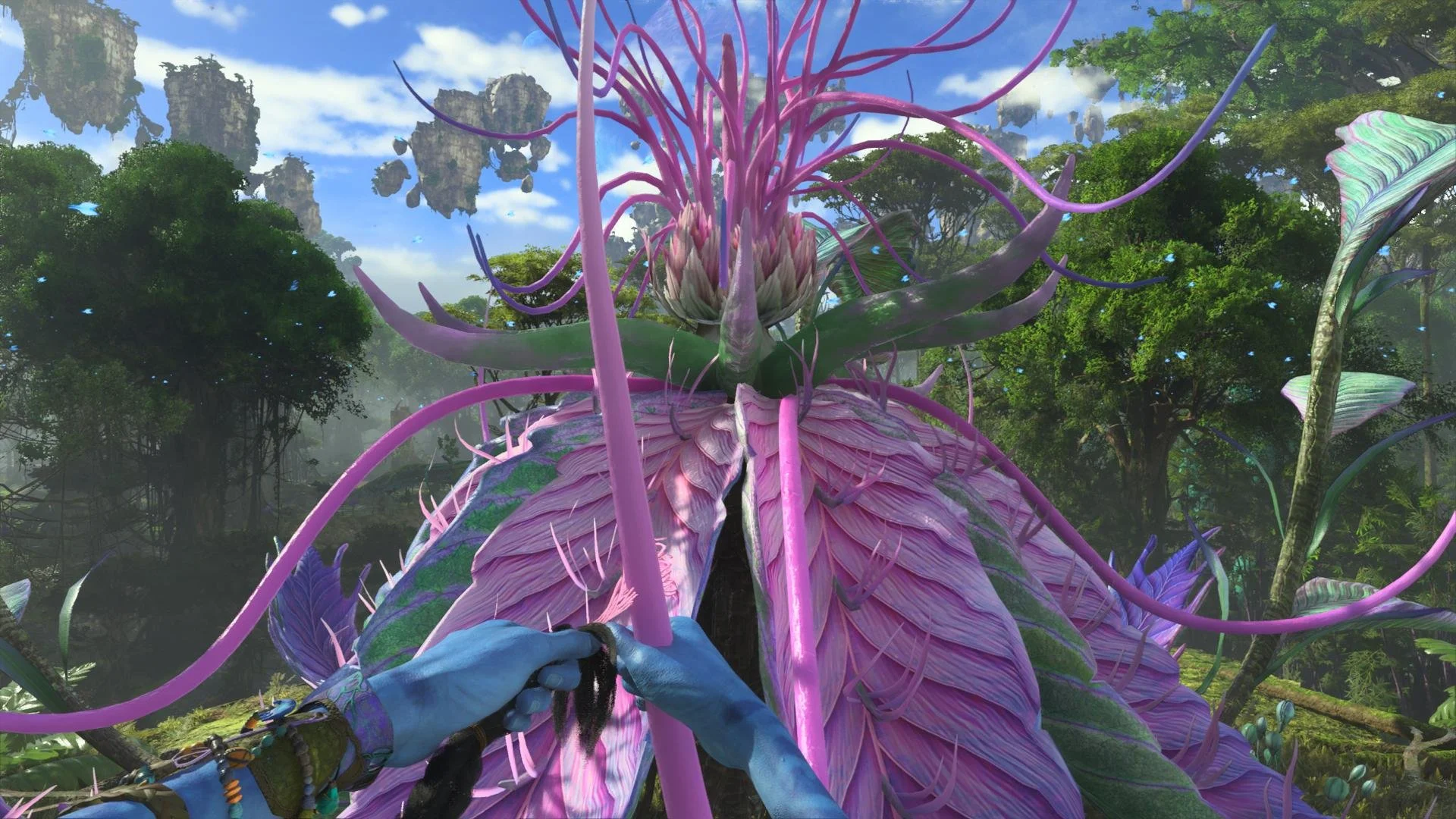
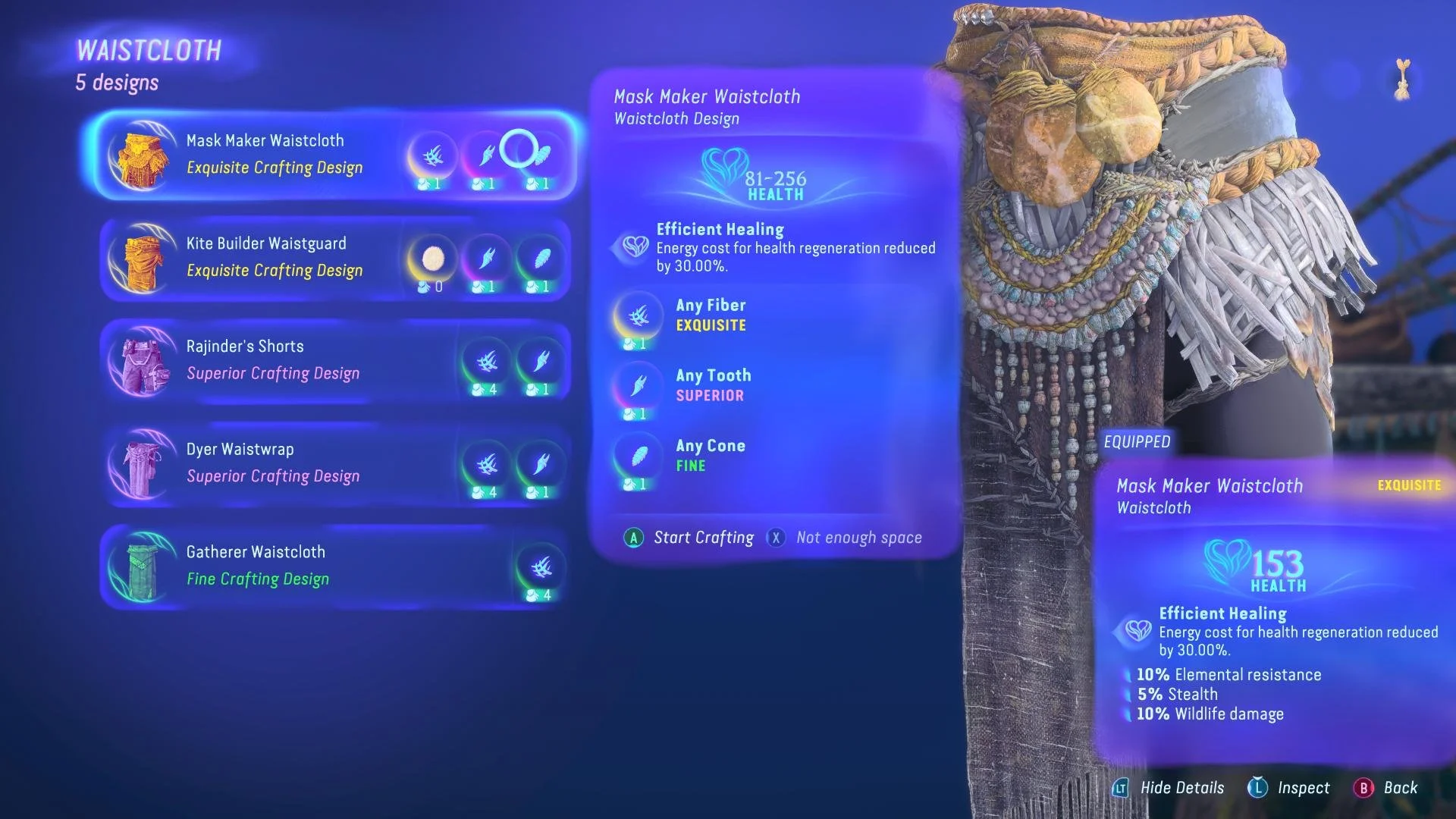

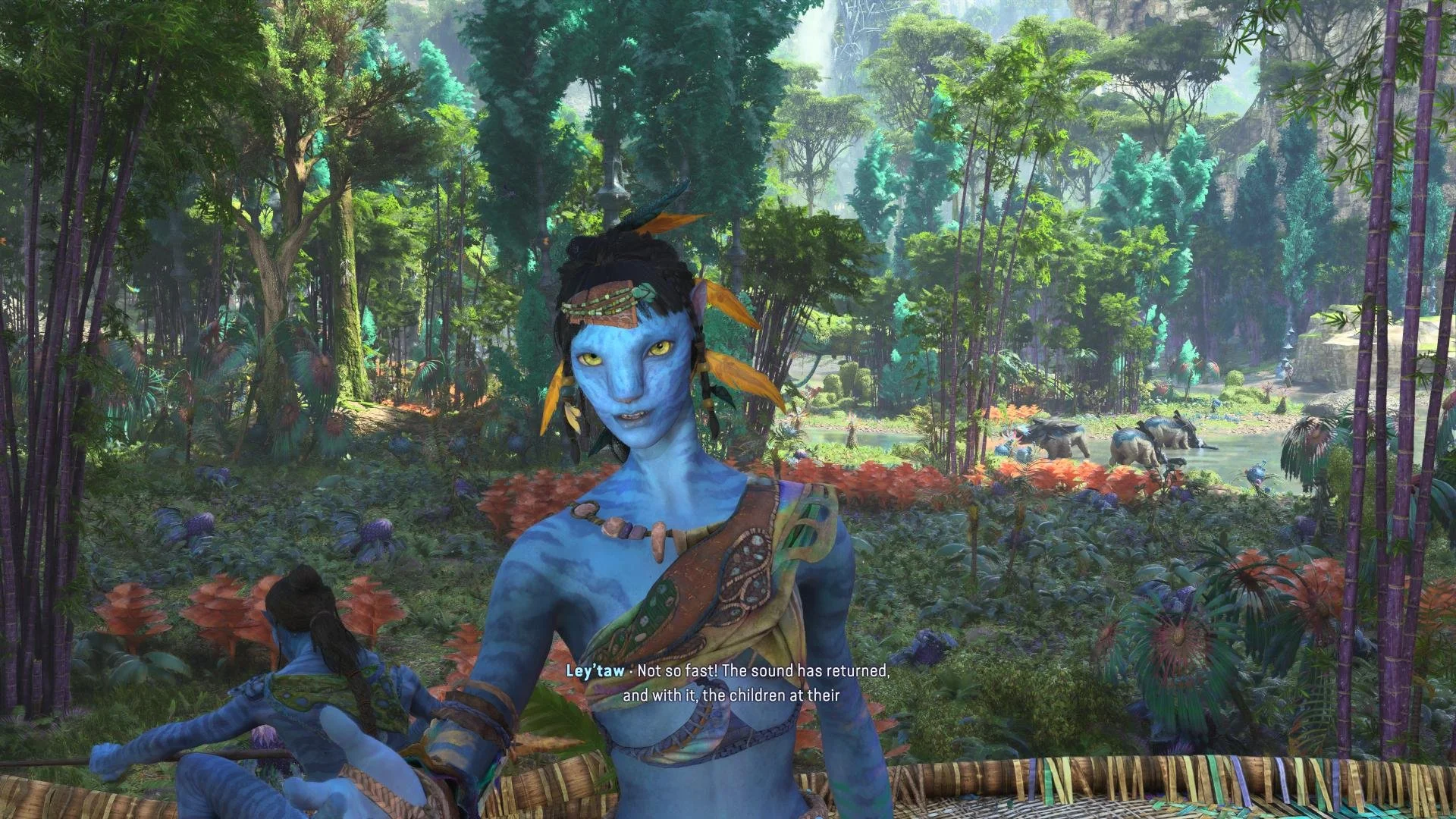

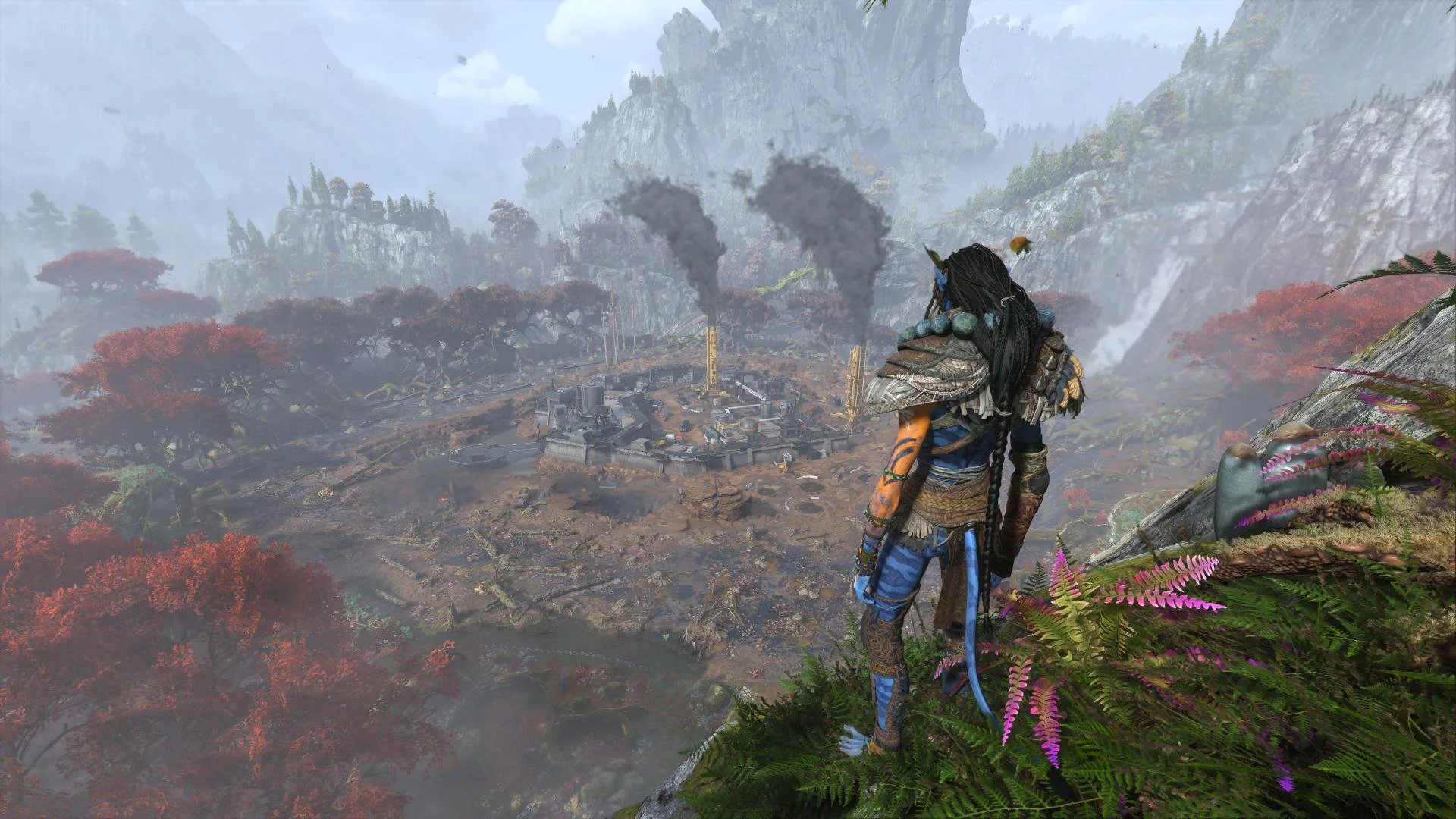

Jeff is the original founder of Analog Stick Gaming. His favorite games include The Witcher III, the Mass Effect Trilogy, Hi-Fi Rush, Stellar Blade, Hellbade: Senua’s Sacrifice, and the Legend of Heroes series, especially Trails of Cold Steel III & IV.